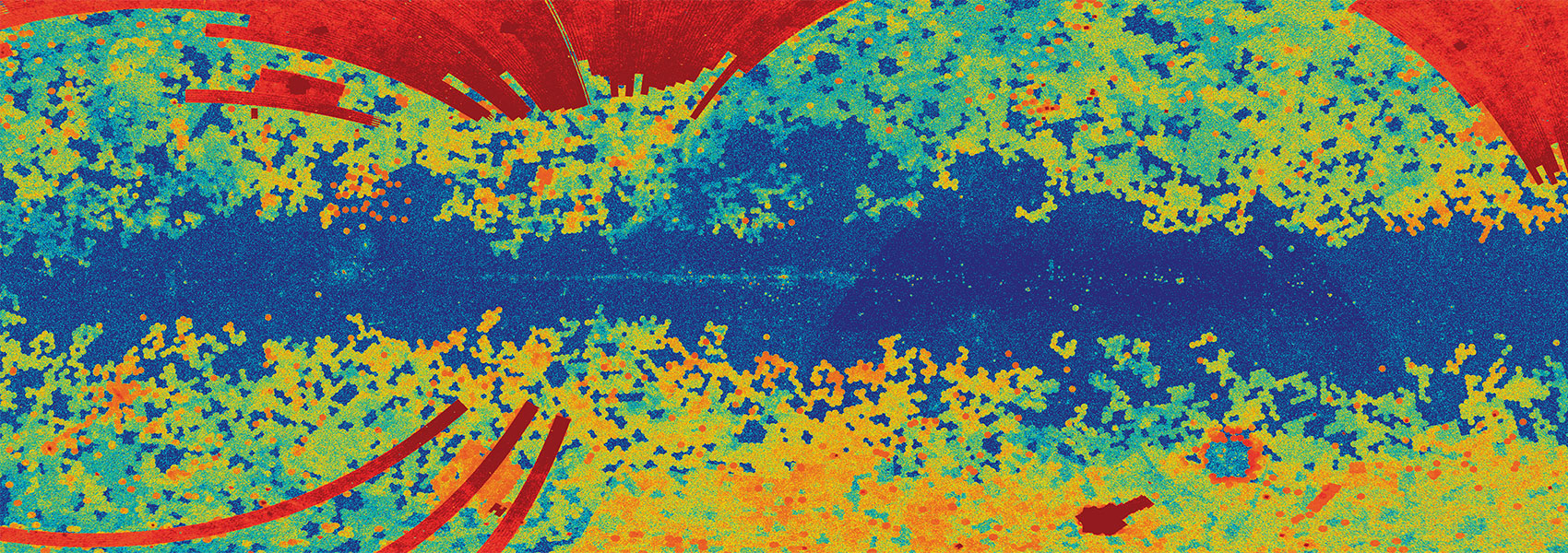October
2019
•
2019ApJ...884L..31J
Authors
•
Johnson, Sean D.
•
Mulchaey, John S.
•
Chen, Hsiao-Wen
•
Wijers, Nastasha A.
•
Connor, Thomas
•
Muzahid, Sowgat
•
Schaye, Joop
•
Cen, Renyue
•
Carlsten, Scott G.
•
Charlton, Jane
•
Drout, Maria R.
•
Goulding, Andy D.
•
Hansen, Terese T.
•
Walth, Gregory L.
Abstract
•
The relationship between galaxies and the state/chemical enrichment of the warm-hot intergalactic medium (WHIM) expected to dominate the baryon budget at low-z provides sensitive constraints on structure formation and galaxy evolution models. We present a deep redshift survey in the field of 1ES1553+113, a blazar with a unique combination of ultraviolet (UV)+X-ray spectra for surveys of the circumgalactic/intergalactic medium (CGM/IGM). Nicastro et al. reported the detection of two O VII WHIM absorbers at z = 0.4339 and 0.3551 in its spectrum, suggesting that the WHIM is metal rich and sufficient to close the missing baryons problem. Our survey indicates that the blazar is a member of a z = 0.433 group and that the higher-z O VII candidate arises from its intragroup medium. The resulting bias precludes its use in baryon censuses. The z = 0.3551 candidate occurs in an isolated environment 630 kpc from the nearest galaxy (with stellar mass {log}{M}* /{M}⊙ ≈ 9.7), which we show is unexpected for the WHIM. Finally, we characterize the galactic environments of broad H I Lyα absorbers (Doppler widths of b = 40-80 km s-1 T ≲ 4 × 105 K) that provide metallicity-independent WHIM probes. On average, broad Lyα absorbers are ≈2× closer to the nearest luminous (L > 0.25L *) galaxy (700 kpc) than narrow (b < 30 km s-1 T ≲ 4 × 105 K) ones (1300 kpc) but ≈2× further than O VI absorbers (350 kpc). These observations suggest that gravitational collapse heats portions of the IGM to form the WHIM, but with feedback that does not enrich the IGM far beyond galaxy/group halos to levels currently observable in UV/X-ray metal lines.
Links




